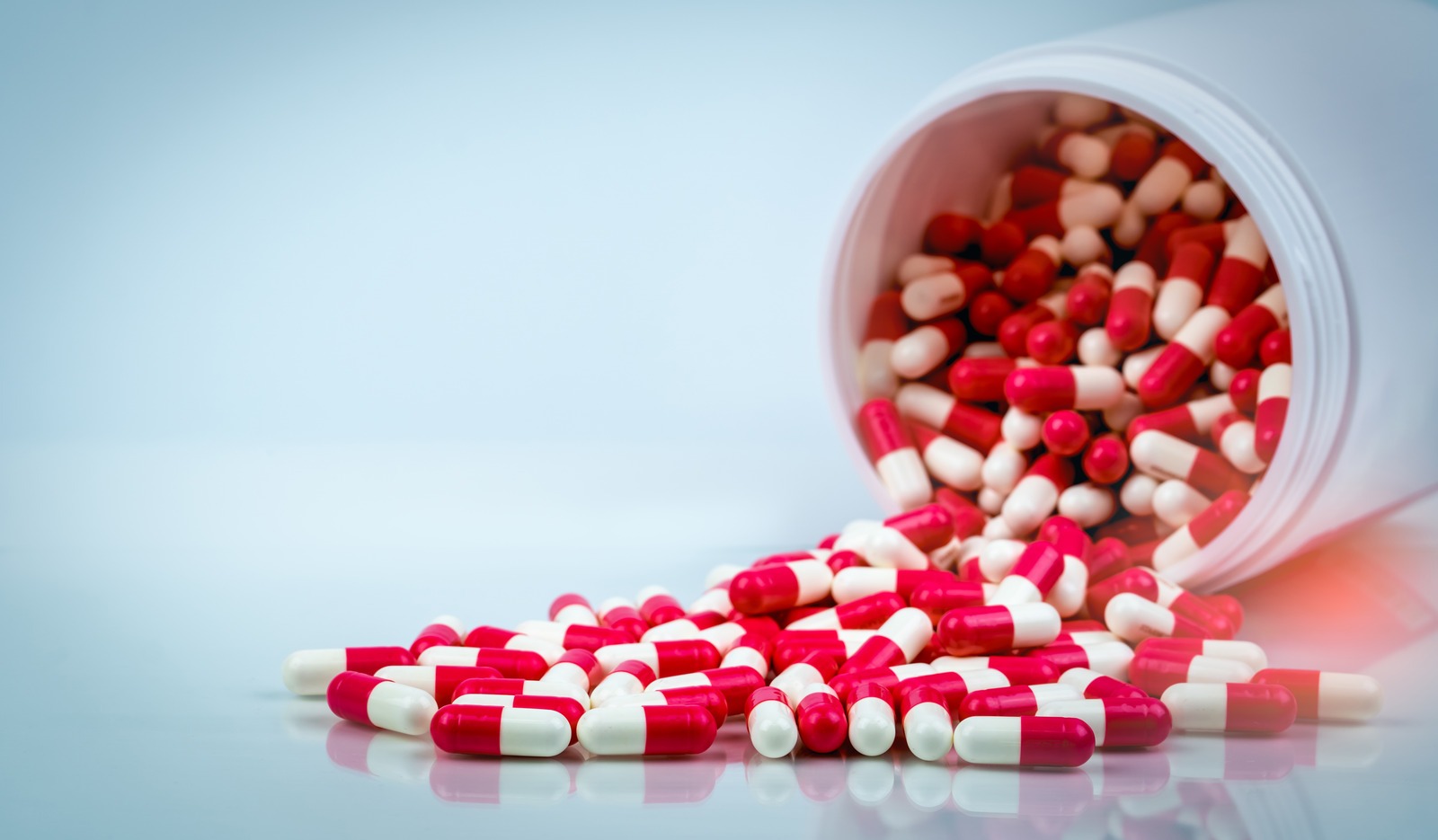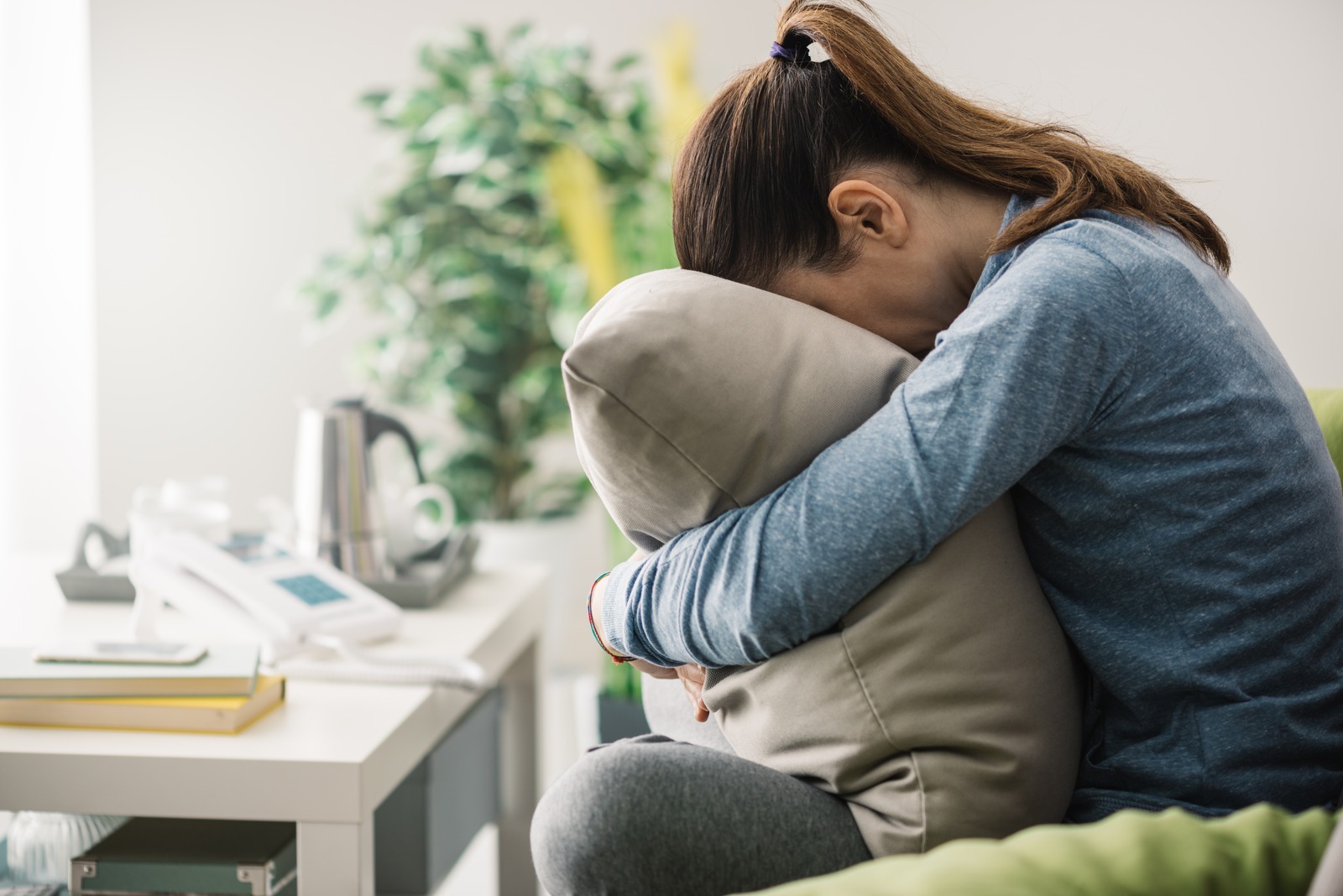How Long Does Vyvanse Last? Vyvanse Duration and Effects

What you will learn
- Vyvanse is a stimulant medication that’s prescribed to treat ADHD and binge eating disorder.
- Vyvanse reaches peak levels at 3.5 hours after it’s taken.
- The metabolites in Vyvanse, such as dextroamphetamine, can last for up to a few days with urine and blood tests.
- Vyvanse is detectable in some drug tests for weeks or months after last use.
- As a stimulant drug, Vyvanse has the potential for misuse, abuse, and addiction.
Lisdexamfetamine dimesylate, or Vyvanse, is a stimulant medication that’s used to treat attention deficit hyperactivity disorder (ADHD) and binge eating disorder. Like other stimulants, Vyvanse may be misused for weight loss or as a study aid.
Dextroamphetamine, Vyvanse’s active chemical, has a half-life of roughly 12 hours.[1] Most of the drug is eliminated after approximately 2 to 3 days, but it can vary by age, weight, genetics, and other medications. Find out more about The duration and effects of Vyvanse.
What Is Vyvanse?
Vyvanse is an FDA-approved prescription drug that’s used to treat ADHD and binge eating disorders. Like Ritalin and Adderall, Vyvanse stimulates the central nervous system to relieve the symptoms of ADHD and binge eating disorder, as well as off-label uses for daytime drowsiness and depression. However, the FDA does not approve these uses. It comes in several doses ranging from 10 mg to 70 mg.
Because Vyvanse has a potential for abuse and legitimate medical uses, it’s a Schedule II controlled substance.
What Is the Half-Life of Vyvanse?
A drug’s half-life refers to the time it takes for the amount of the active ingredient to be reduced by half. Most drugs require about five half-lives to be eliminated by the system completely. Vyvanse has a half-life of about 12 hours, which is largely eliminated after 60 hours or about 2.5 days.[2]
Lisdexamfetamine is a prodrug that is inactive when first taken. Once in your system, it’s converted to an active medication. Lisdexamfetamine, the active ingredient in Vyvanse, is metabolized into the stimulant dextroamphetamine. Unconverted lisdexamfetamine has a half-life of less than one hour and is generally not detectable 8 hours post-ingestion.[3]
How Long Does Vyvanse Last in the System?
Vyvanse has long been considered a “safer” drug than other prescription stimulants, such as Adderall or Ritalin, because of its lower potential for abuse. However, Vyvanse can still be misused and abused. Vyvanse detection on a drug test can vary by the type of test. Generally, Vyvanse and its metabolites are detectable for 2.5 days in urine, depending on age, weight, genetics, and other health factors.[4]
Can You Get a False Positive for Vyvanse?
A false-positive drug test can occur with stimulants like Vyvanse because of their similarities to other medications, such as:[5]
- The antidepressant fluoxetine (Prozac)
- The antipsychotic aripiprazole (Abilify)
- Sleep medications like doxepin and trazodone
- Over-the-counter cold medications like phenylephrine and pseudoephedrine (Sudafed)
- Diabetes medications like Metformin
- Herbal supplements like ginkgo
Side Effects and Risks of Vyvanse
Vyvanse stimulates the central nervous system to improve focus and concentration in people with ADHD. This effect can also create incentives to misuse or abuse Vyvanse, such as suppressing the appetite for weight loss, achieving euphoria, or gaining energy for all-night study sessions.
There are several side effects for Vyvanse, particularly when it’s misused and abused. These side effects include:[6]
- Dry mouth
- Sleep problems
- Fast heart rate
- Jitteriness
- Nausea
- Vomiting
- Irritability
- Stomach pain
- Diarrhea
- Constipation
- Heart problems
- Psychosis
- Circulation problems
Vyvanse can also cause serotonin syndrome, a potentially life-threatening condition with symptoms like hallucinations, sweating, fever, shivering, muscle stiffness, twitching, loss of coordination, fast heart rate, and agitation.
Though it may not be as high risk as Ritalin or Adderall, Vyvanse carries a black box warning for its potential for misuse, dependence, and addiction. Like other stimulants, Vyvanse may be misused or abused for its euphoric effects, as a weight loss aid, or as a study aid. The risk of addiction is more likely with misuse, such as using a prescription that isn’t yours, taking Vyvanse in higher doses than prescribed or using it for reasons other than intended.
Signs of Vyvanse Addiction
Vyvanse addiction falls under a stimulant use disorder and may include signs like:[7]
- An inability to stop using Vyvanse despite efforts
- Spending a lot of time getting and using Vyvanse
- Seeking out ways to get Vyvanse, such as going to different doctors for prescriptions
- Continuing to use Vyvanse despite interpersonal problems
- Developing a tolerance for Vyvanse
- Becoming dependent on Vyvanse and experiencing withdrawal when Vyvanse is stopped
Vyvanse Withdrawal

Vyvanse use can lead to physical dependence, which is when the body becomes accustomed to having the drug. If you stop suddenly or reduce your dose dramatically, withdrawal can occur. The withdrawal symptoms of Vyvanse include:[8]
- Anxiety
- Cravings
- Depression
- Increased appetite
- Increased need for sleep
- Difficulty feeling pleasure
It’s common for stimulants like Vyvanse to cause a “crash” when you stop taking them, which can include low motivation, poor mood, and irritability. This is different from withdrawal and can occur even if you’re not physically dependent on the drug.
With withdrawal, the symptoms begin after the crash, which can take one or two days after the last dose. The symptoms gradually worsen, peaking around five days, then begin to subside.
Treatment for Vyvanse Addiction
The crash and withdrawal with Vyvanse can be difficult, which is why you should never stop taking Vyvanse suddenly. It’s best to get on a taper schedule with recommendations from your doctor for how to wean yourself off the drug.
If you’re struggling with Vyvanse addiction, a comprehensive treatment program may be necessary. This usually begins with detox, a medically supervised setting that includes monitoring and medications to minimize symptoms and complications, keeping you as comfortable and safe as possible.
Once detox is complete, you should enter an addiction treatment program in an inpatient or outpatient setting. Care plans are individualized but may include individual therapy, group counseling, peer support, and behavioral therapies.
Get Help for Vyvanse Abuse and Addiction
Vyvanse can be an effective drug for treating ADHD and binge eating disorder, but it carries risks on its own. if you’re struggling with Vyvanse misuse, abuse, or addiction, get help to learn healthier habits and avoid serious risks that come with long-term Vyvanse abuse and withdrawal.
Ready to get help for you or a loved one? Contact us
To ensure accuracy and quality, every contributor to the Alpas Wellness resource library undergoes a thorough evaluation of their experience, credentials, and achievements prior to publication.
Frequently Asked Questions About Vyvanse
What’s the Difference Between Vyvanse and Adderall?
Both Vyvanse and Adderall are amphetamines, but Adderall contains a combination of amphetamine salts. Vyvanse contains lisdexamfetamine, which is a prodrug that’s converted into dextroamphetamine to bring effects.
Can Anyone Become Addicted to Vyvanse?
Vyvanse has the potential for abuse and addiction with anyone and any use, even prescribed. However, the risk is much greater if you misuse or abuse Vyvanse by taking it in higher doses or more frequently than prescribed, taking a prescription that isn’t yours, or taking it for reasons other than intended.
Is Vyvanse a Safe ADHD Medication?
Vyvanse is generally safe when taken as prescribed under the supervision of a doctor, but there are risks of side effects, adverse effects, drug interactions, and addiction.
[1,2,3] How long does Vyvanse stay in your system?. Drugs.com. (n.d.-j). Retrieved from https://www.drugs.com/medical-answers/long-vyvanse-stay-system-3542662/ on 2024, June 21.
[4]Does Vyvanse (lisdexamfetamine) show up on a drug test?. Drugs.com. (n.d.). https://www.drugs.com/medical-answers/vyvanse-lisdexamfetamine-show-drug-test-3563095/ on 2024, June 21
[5] Clinical updatejune 2019. Aegis Sciences Corporation. (n.d.). Retrieved from https://www.aegislabs.com/resources/clinical-update/jun2019 on 2024, June 21.
[6] Vyvanse uses, dosage, side effects & warnings. Drugs.com. (n.d.). Retrieved from https://www.drugs.com/vyvanse.html on 2024, June 21
[7] Guarnotta, E. P. (2022, June 13). What is stimulant use disorder? signs, symptoms, & treatment. GoodRx. Retrieved from https://www.goodrx.com/conditions/stimulant-use-disorder on 2024, June 21.
[8] Pietrangelo, A. (2018, September 17). Vyvanse Crash: What It Is and How to Deal with It. Healthline. https://www.healthline.com/health/adhd/vyvanse-crash on 2024, June 21